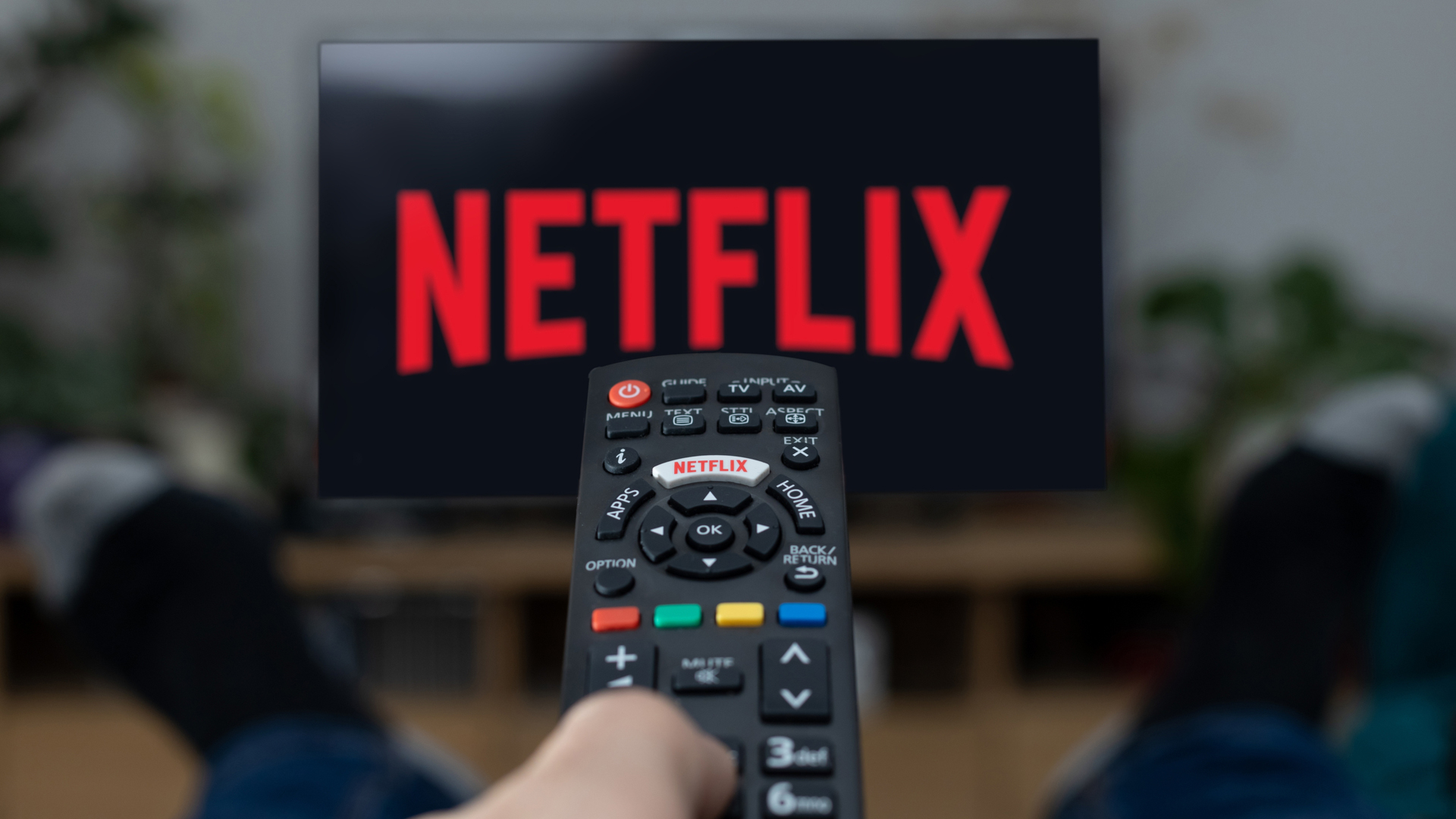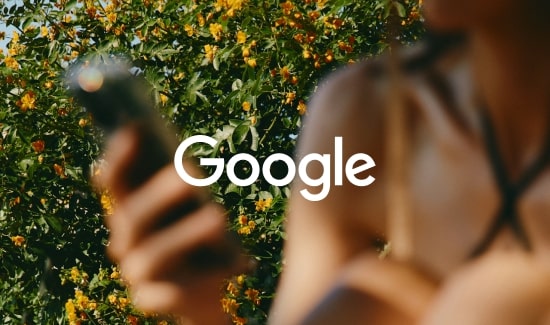Predictions for an ad-supported model
Netflix’s Q1 earnings call sounded much different this year than five years ago. Once they were only “competing with sleep,” Netflix faces a subscriber loss for the first time in its history, and its stock has taken a colossal hit. To recover, Reed Hastings – for the first time – is open to an ad-supported model. It’s undoubtedly the outlier in the space by not already offering one, but given their apprehension in the past, I don’t expect it to look like everyone else’s. At least not right away.
Two predictions for an ad-supported Netflix tier
1. Minimal savings. Low Ad Load. Higher ARPU.
Don’t expect to save more than a few bucks off Netflix’s cheapest tier. Despite the public hit they’re taking, Netflix is still at the end of the day one of the OG premium streaming services, and you can expect their cost to continue to reflect that. But, Netflix will defend the minimal cost savings with industry-best ad-load. In other words, Netflix will limit the ads it does serve to continue offering a more premium option compared to its higher ad-load competitors (the non-sleep ones).
With a minimal difference in cost between the lowest price ad-supported tier and the lowest price ad-free tier (call it $3-5 bucks), I still think Netflix will generate more revenue per user than their ad-free offering. How can that be given my predicted low ad-load? Well in large part, it’s due to pent-up advertiser demand and big brands’ willingness to pay whatever it takes to run on Netflix (read: a really high CPM).
2. Big spenders only (for now) and limited targeting.
The demand for CTV ads from brands continues to put upward pressure on pricing and inventory availability. And this is especially true when advertisers feel they’re getting premium inventory. This is most apparent by the fact that Hulu often sells through all its inventory in a given month and CPMs go through the roof every year in Q4 (if you can get inventory at all). I anticipate Netflix will be received the same way by advertisers.
In fact, I think the combination of low ad-loads and Netflix’s indication that they will “limit data tracking” means ad space will be sold directly to the world’s biggest advertisers and not offered programmatically. Expect a heavy focus on contextual targeting at best, but more similarities with traditional TV advertising than what we’ve come to expect with precise digital targeting. In fact, I wouldn’t be surprised if only a small percentage of Netflix shows contained ads at all.
The opportunity for growth-oriented brands
While I anticipate Netflix will only sell direct in the early days, I hope they’ll see the value in programmatic and specifically, a more open programmatic ecosystem as opposed to building their walled garden. And while I don’t think it will happen at first, given the breadth of the Netflix library, there’s a ton of potential to bring ads to it all and allow advertisers to take an audience-first approach.
There are going to be two types of advertisers: The ones that are chomping at the bit to advertise on Netflix no matter the cost (and are going to be hyper-focused on being aligned with ‘watercooler-esque’ content) and a more performance-oriented advertiser that cares about getting in front of the right viewer and getting them to take action, whether they’re watching Squid Games or a documentary about kayaking (speaking of which, I do suggest The River Runner!). This second type of advertiser is one of the key reasons AVOD services like Tubi and Pluto have seen such growth over the last few years.
There will always be a group of advertisers that don’t care about measurable performance. However, given the high CPM I expect Netflix to carry, brands will need the measurement to justify that cost. This is something Hulu has done well. In most of our campaigns, Hulu carries a CPM premium of 20-25%, but because we’re tracking hard metrics like site visits and sales for our brands across an array of streaming services, we can clearly see the high CPM on Hulu is worth it in most cases.
Aside from purely the performance benefits, programmatic CTV buying is important because not only is the modern consumer not huddling around the TV during primetime, they’re not even all watching the same Netflix shows. CTV caters to all sorts of interests and allows people to explore the long tail of premium content. And so as an advertiser, you want to be able to reach that same consumer across all the streaming services they use, knowing that they’ll be jumping across multiple platforms to find the show they want and churning through ad-supported services when they finish a show they love. This is normal consumer behavior at this point, so a static approach to buying CTV just doesn’t cut it.
As more and more advertisers lean into CTV advertising in this way and Netflix seeks to generate more revenue from a subscriber base that remains flat at best, I expect Netflix will see the opportunity to open up its inventory programmatically after a successful, albeit limited, foray into the ad-supported model.
Learn more about our CTV offering
Explore
More Insights?
View All InsightsQuestions?





